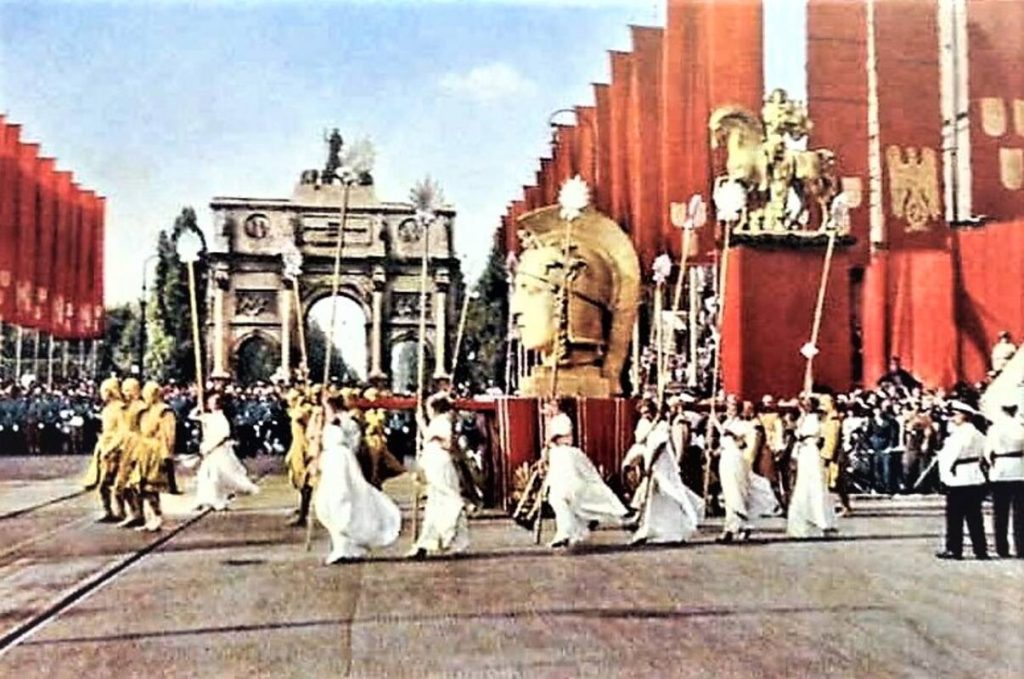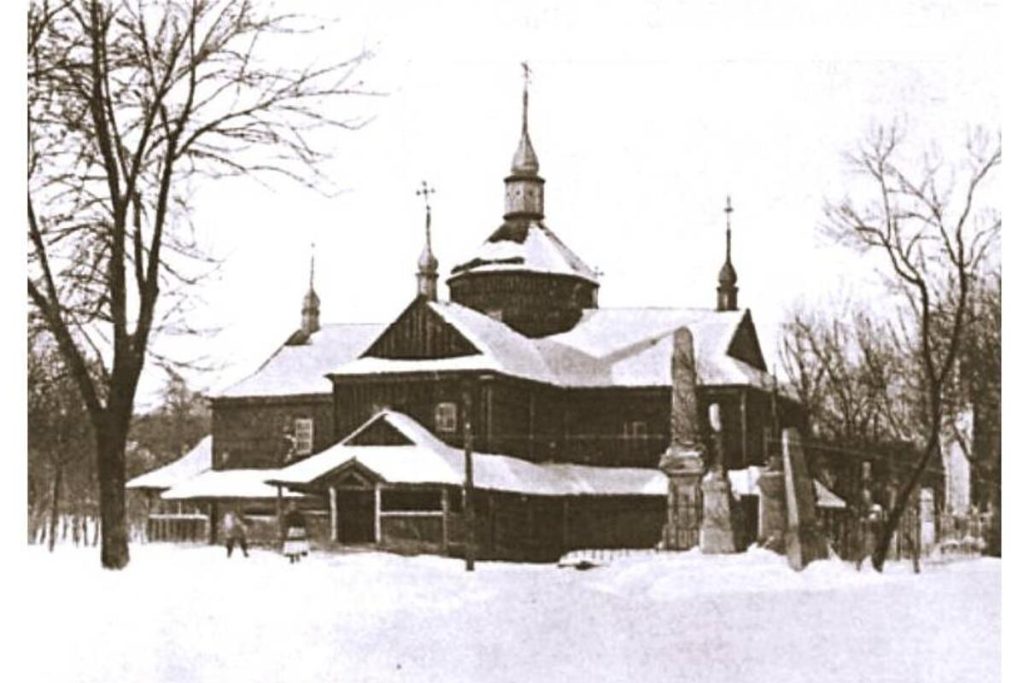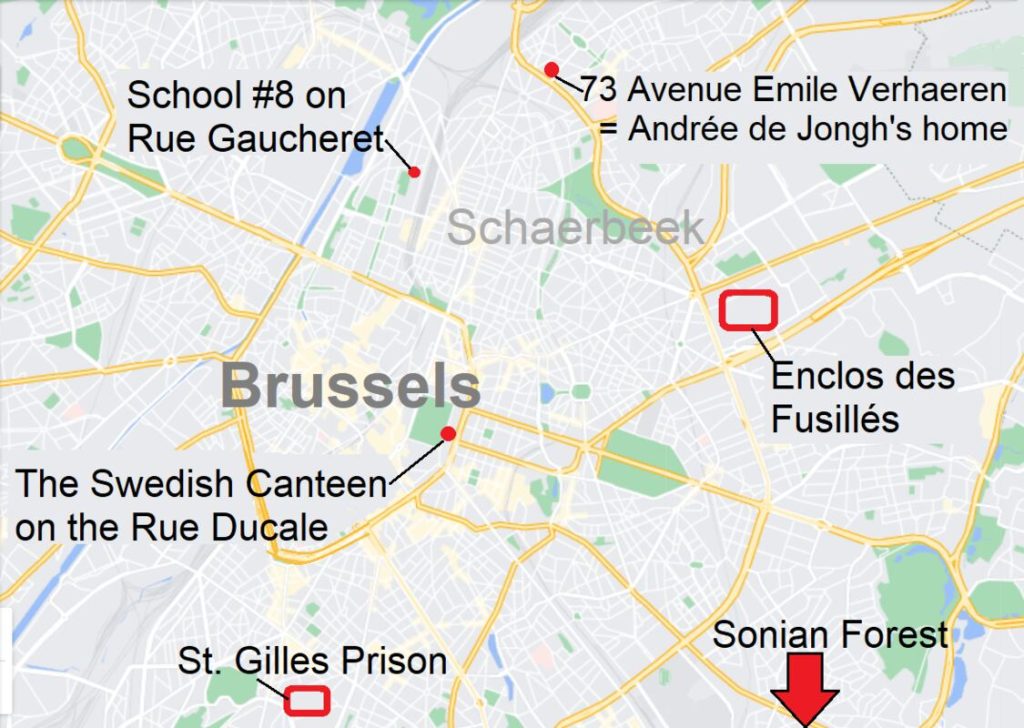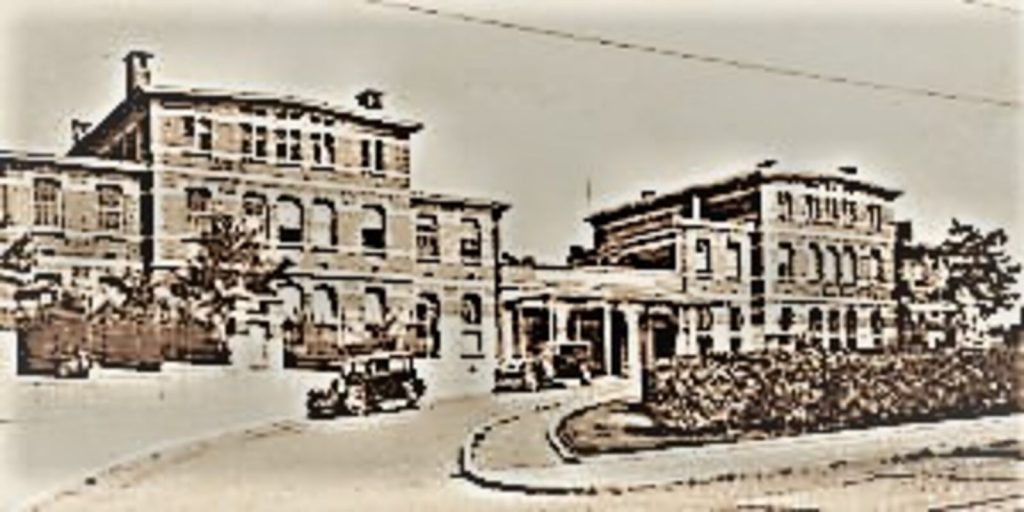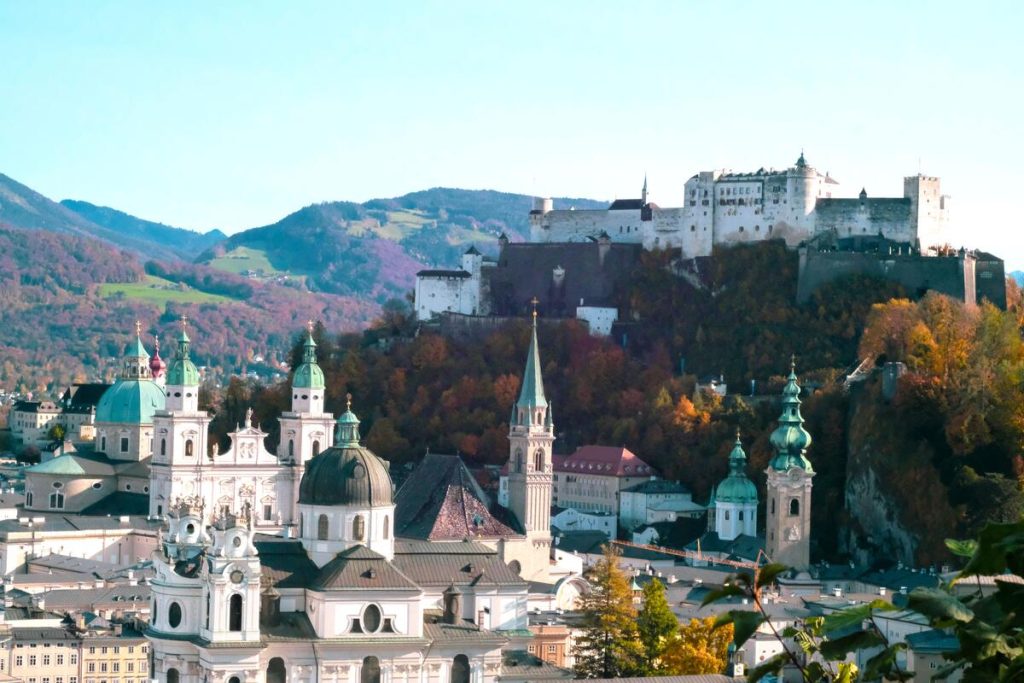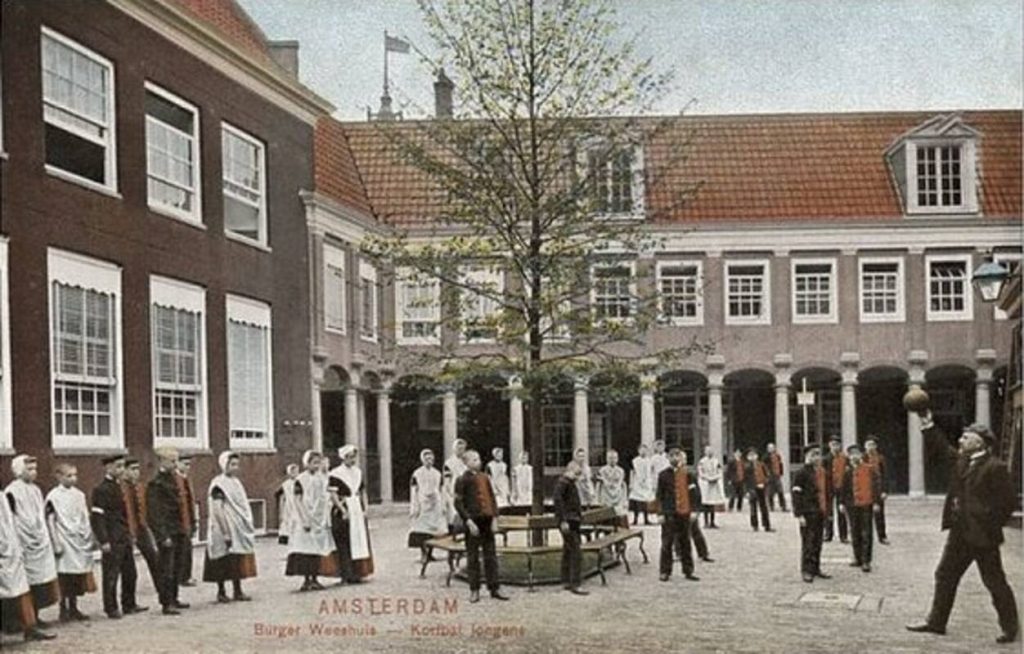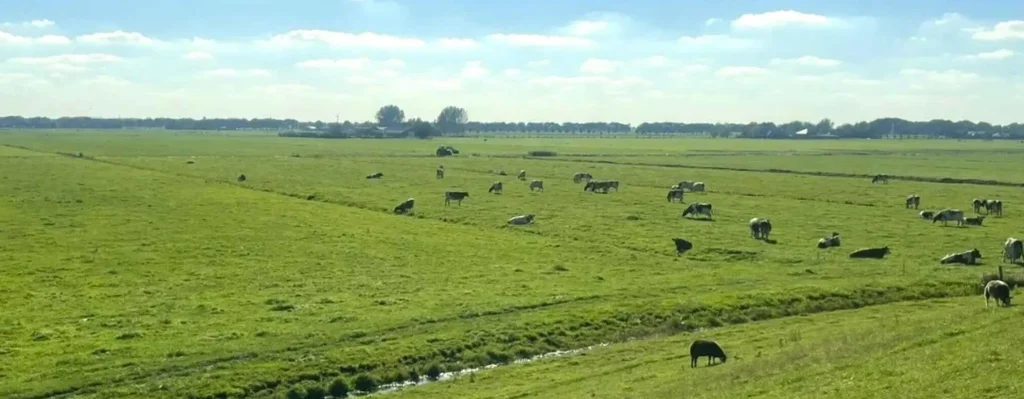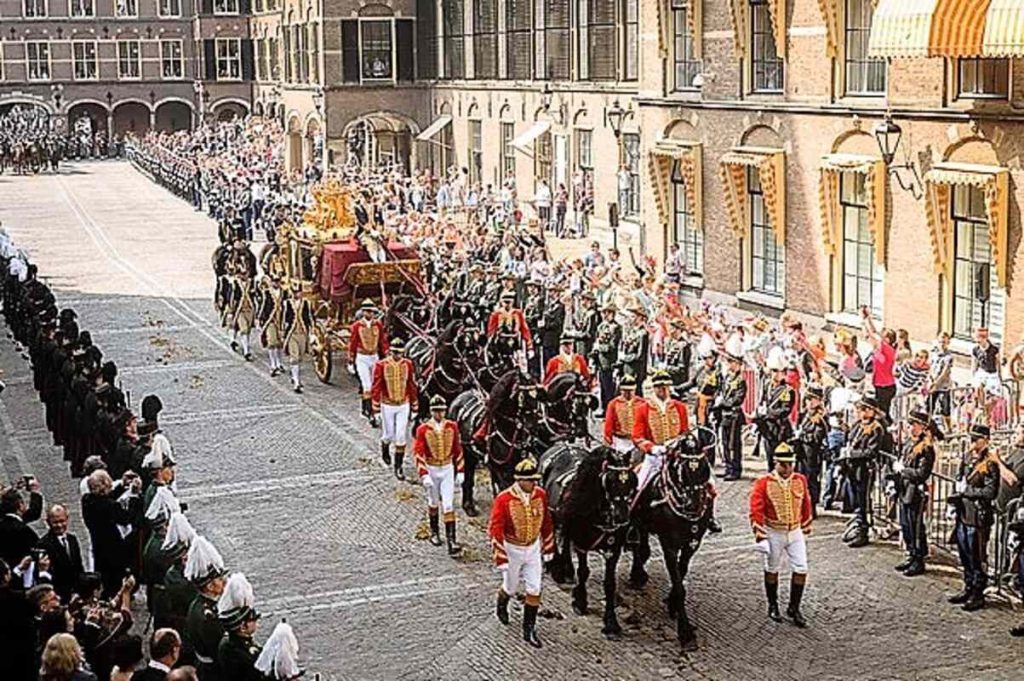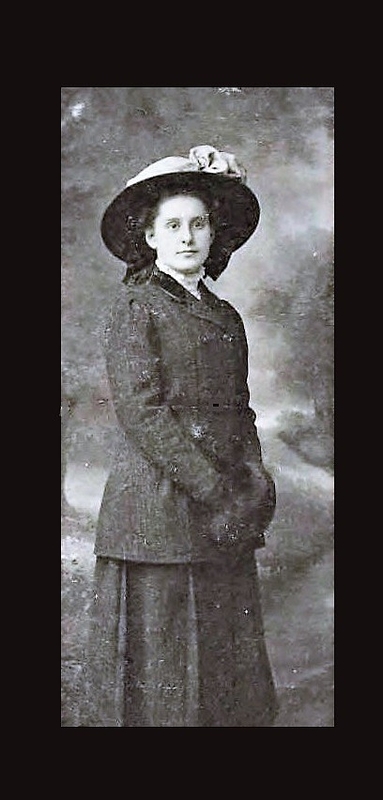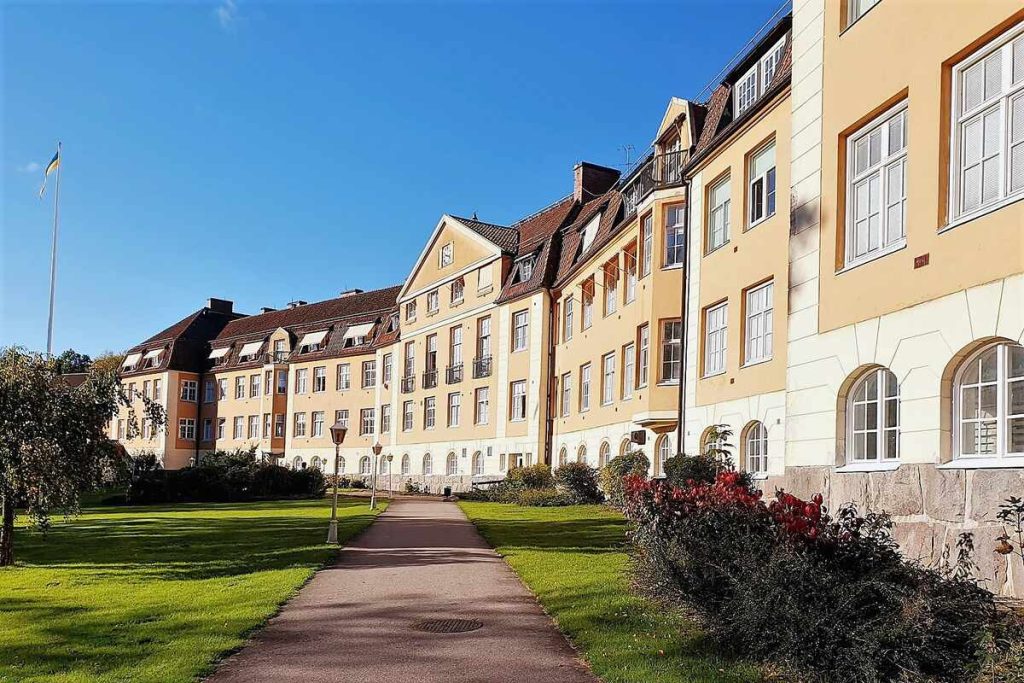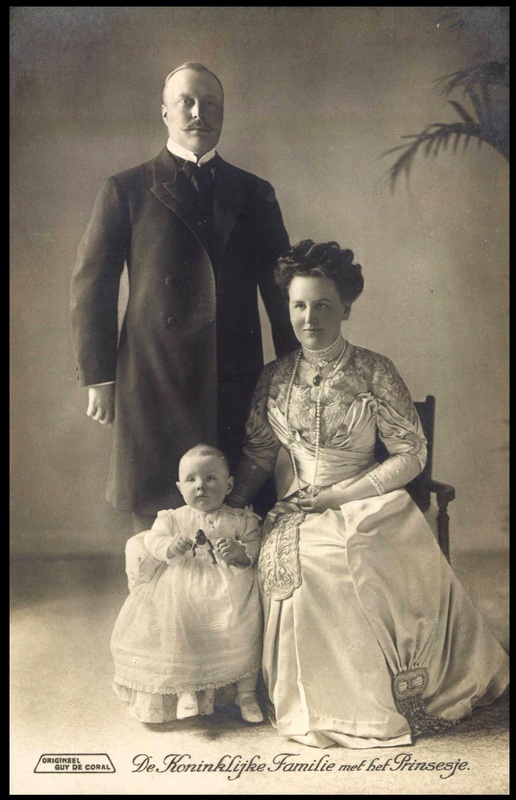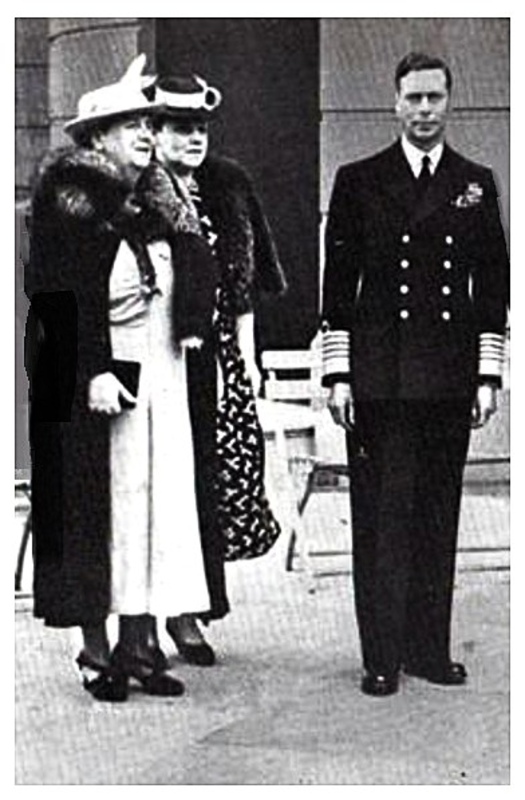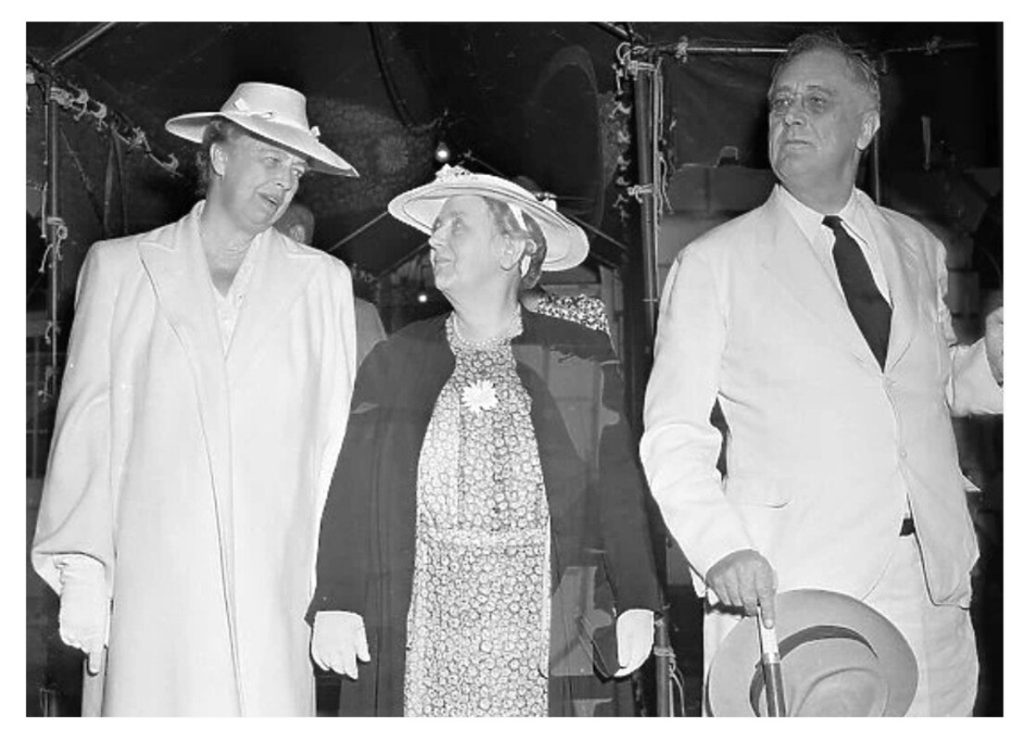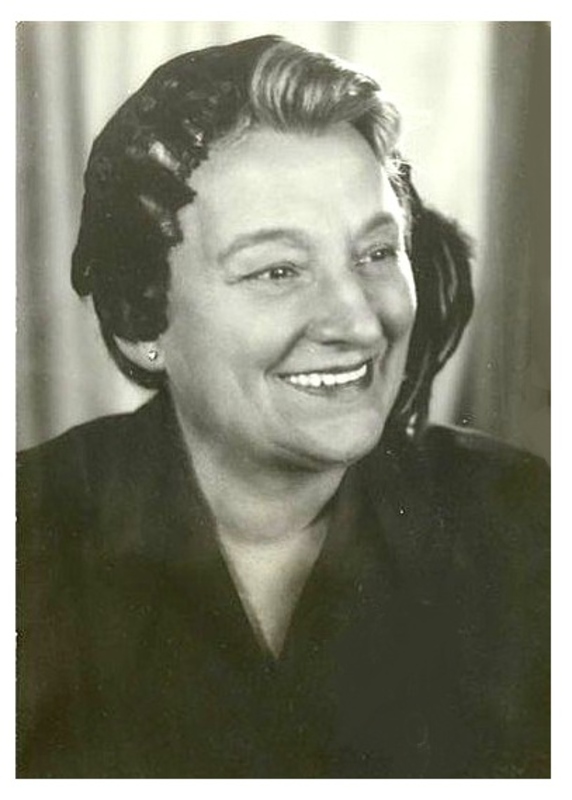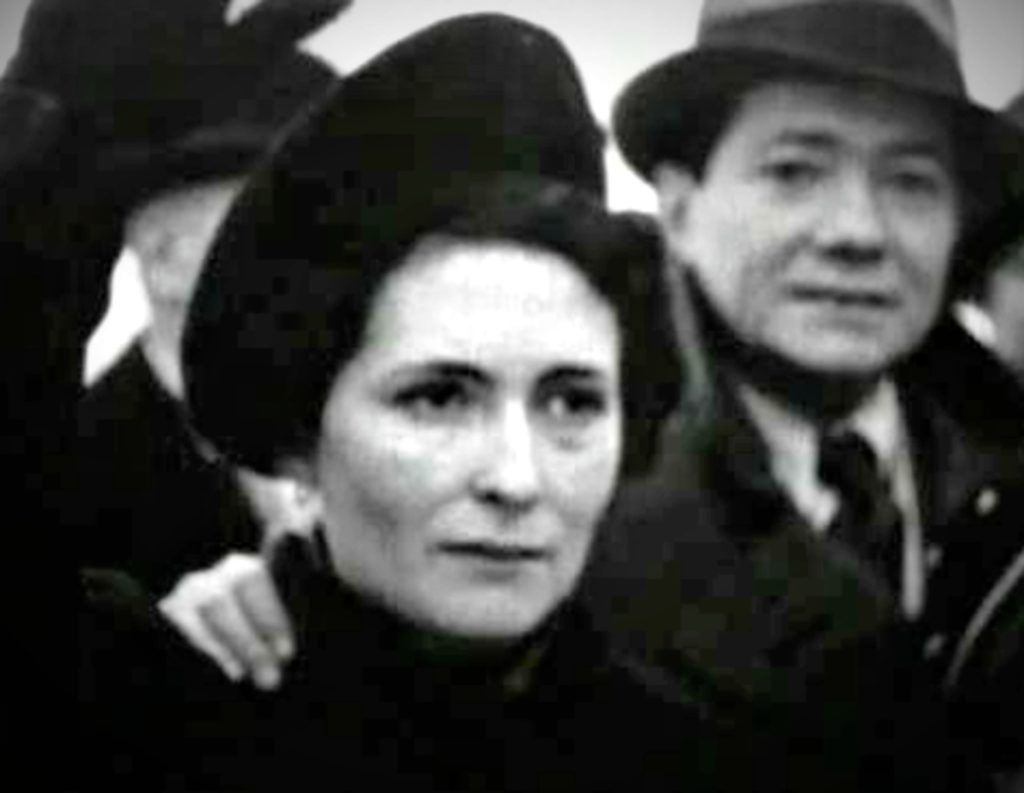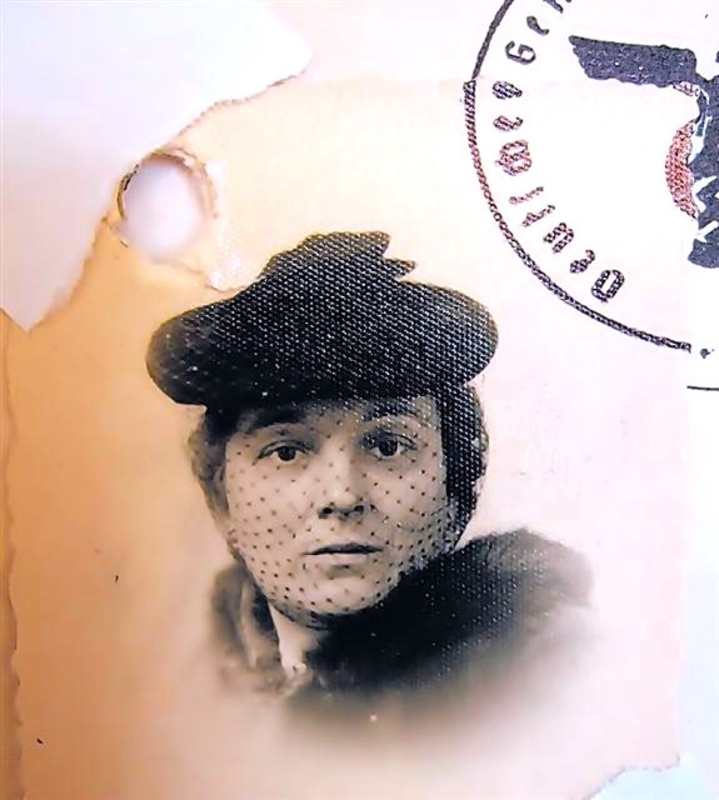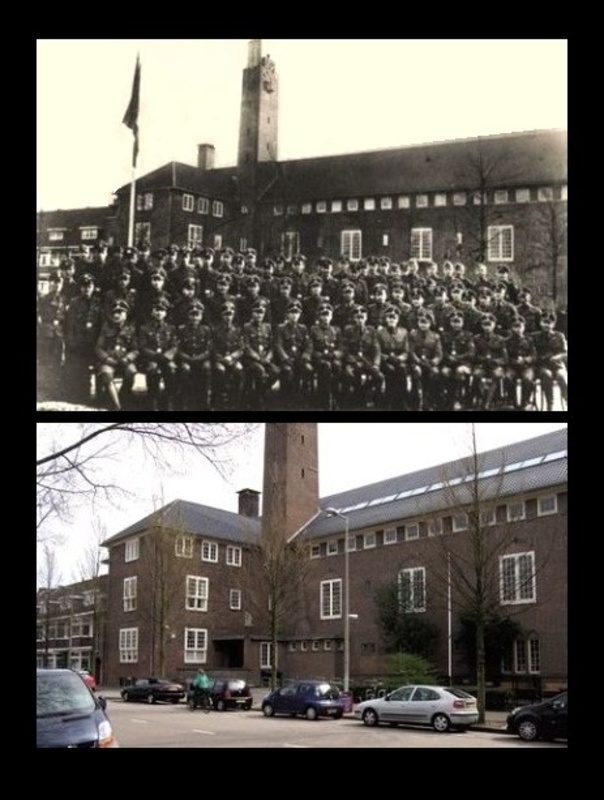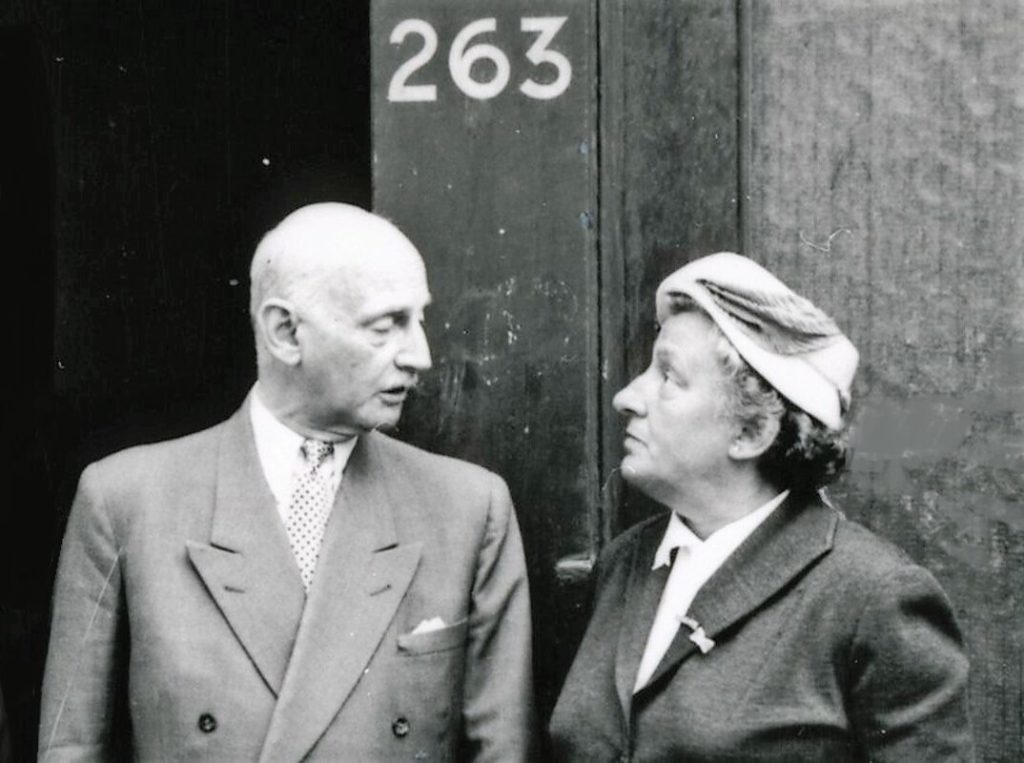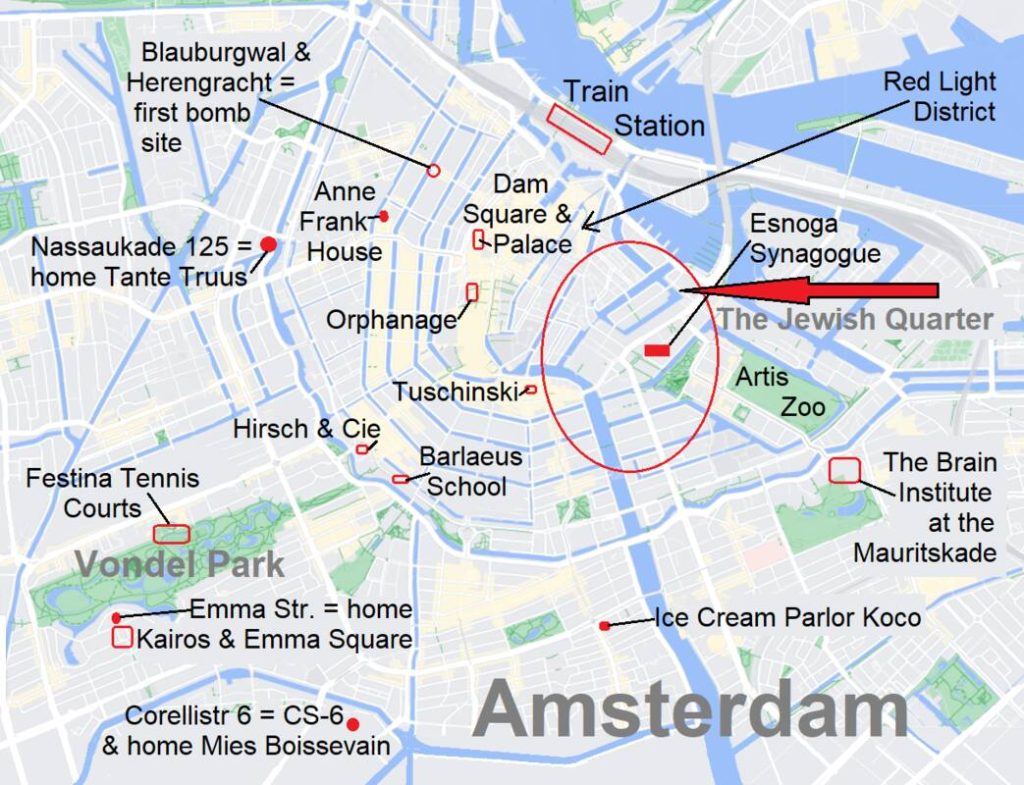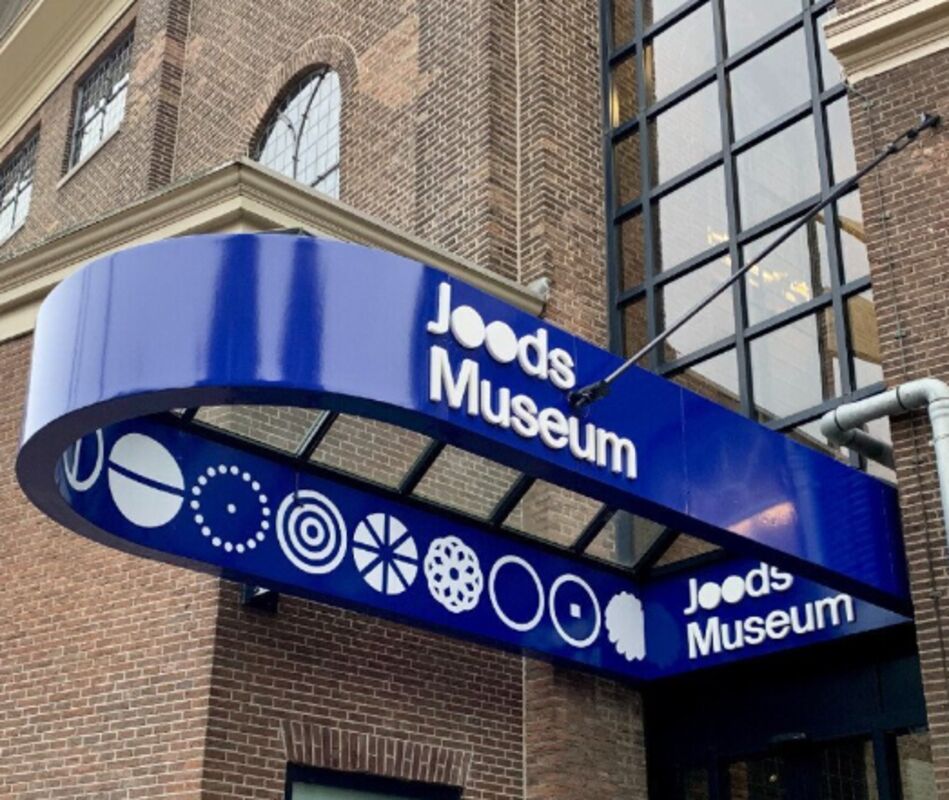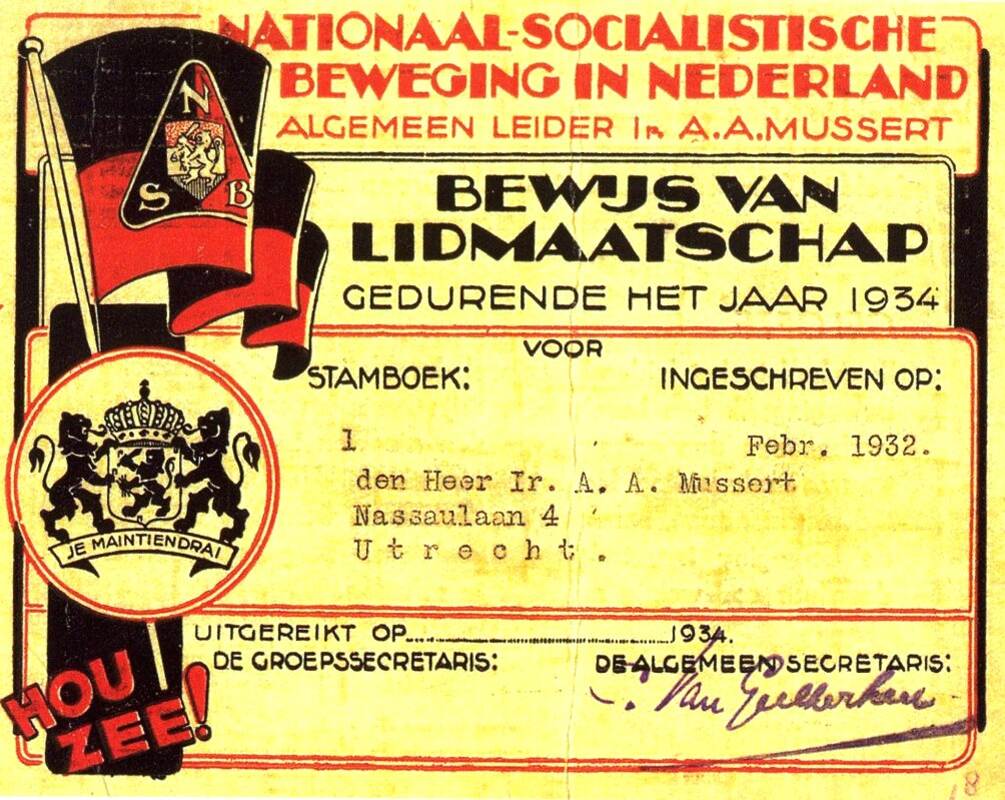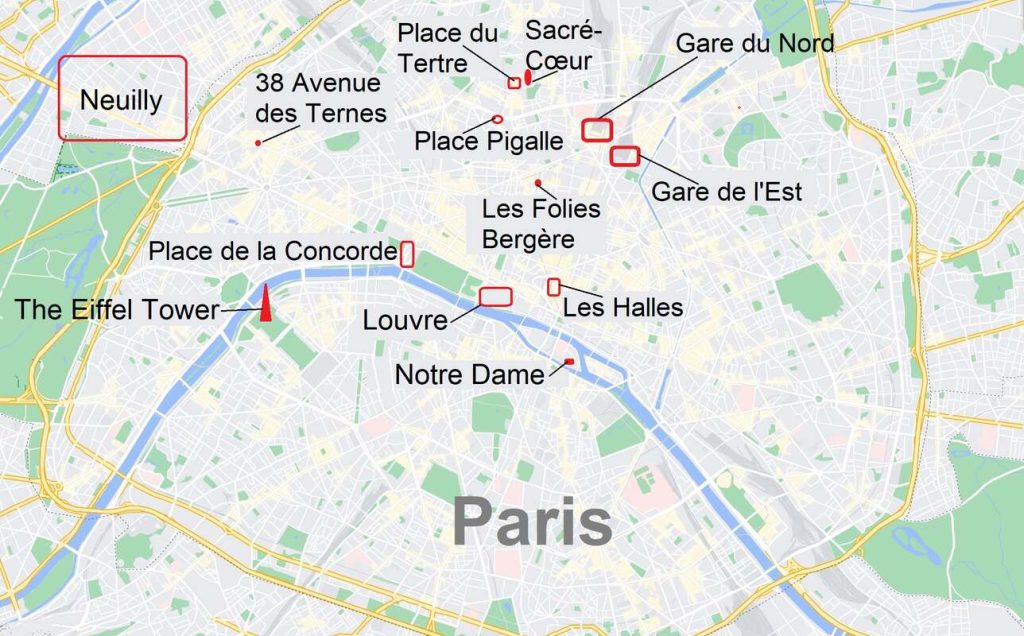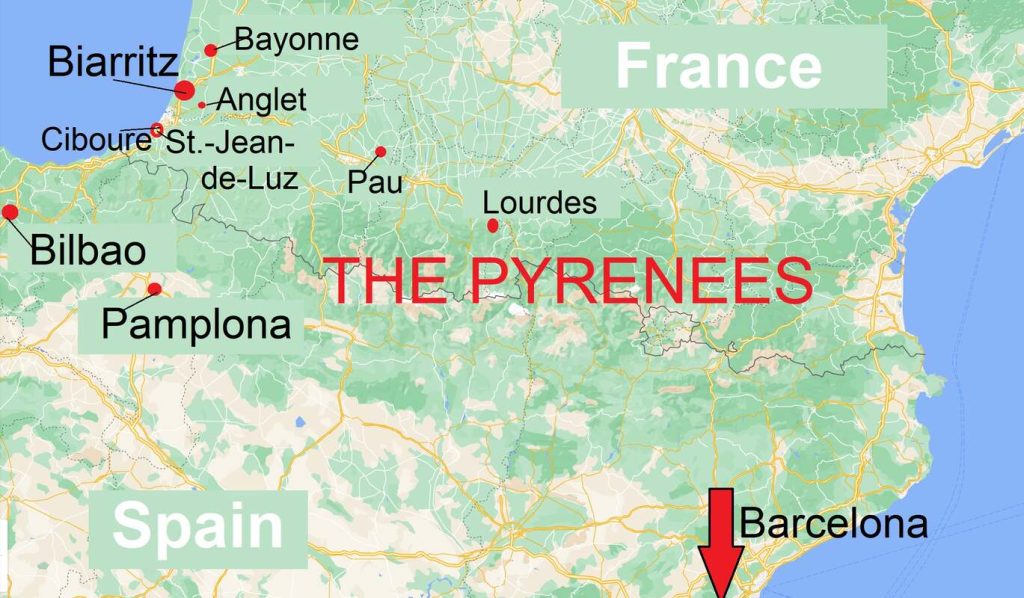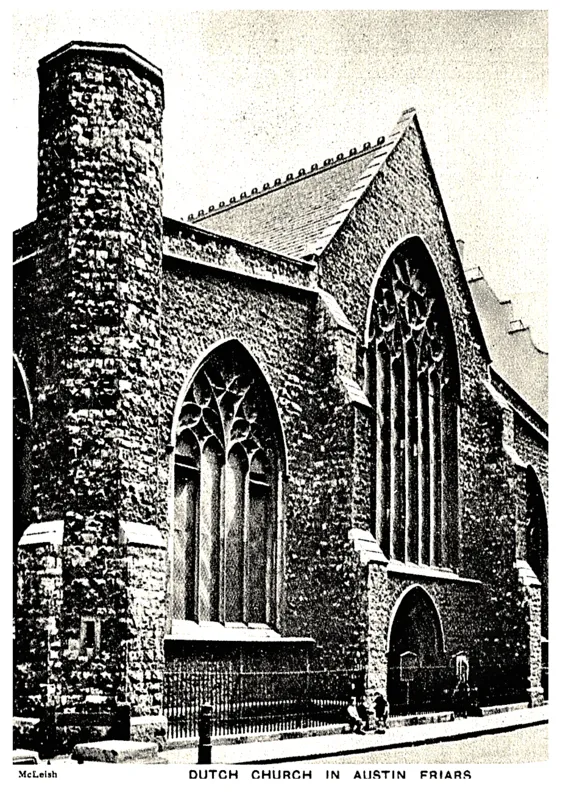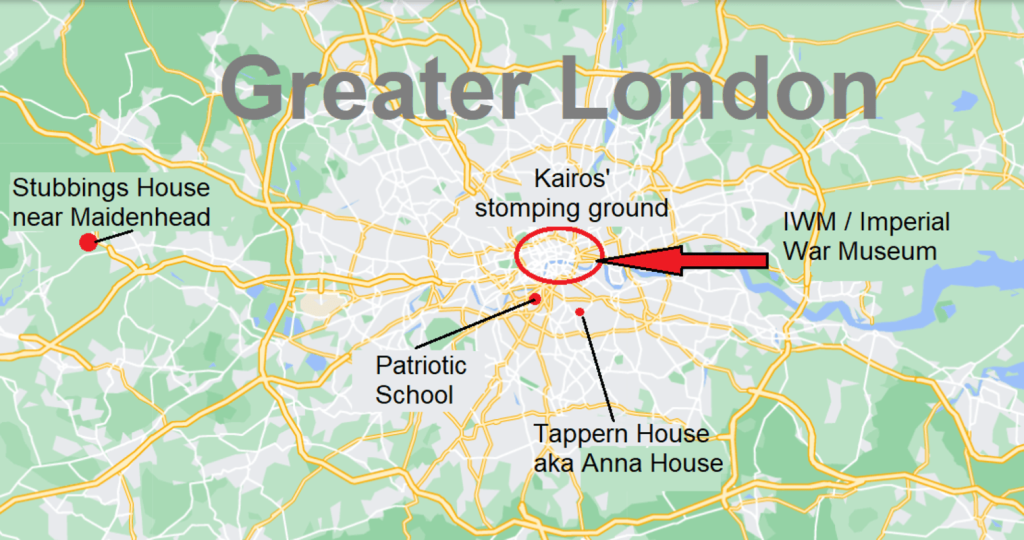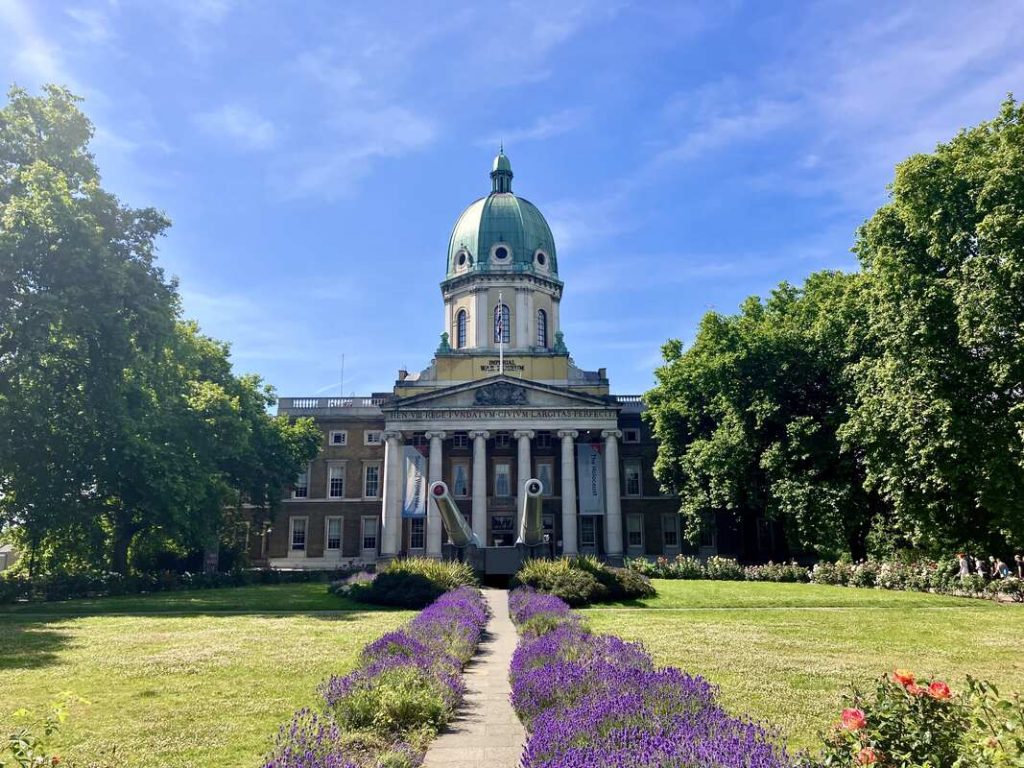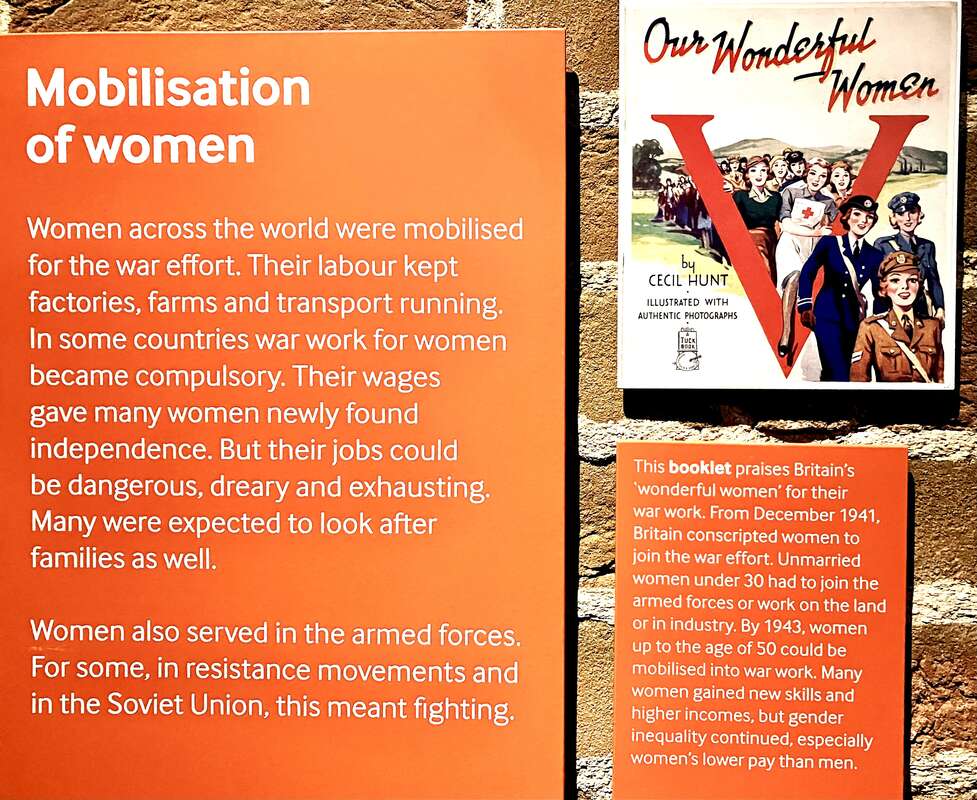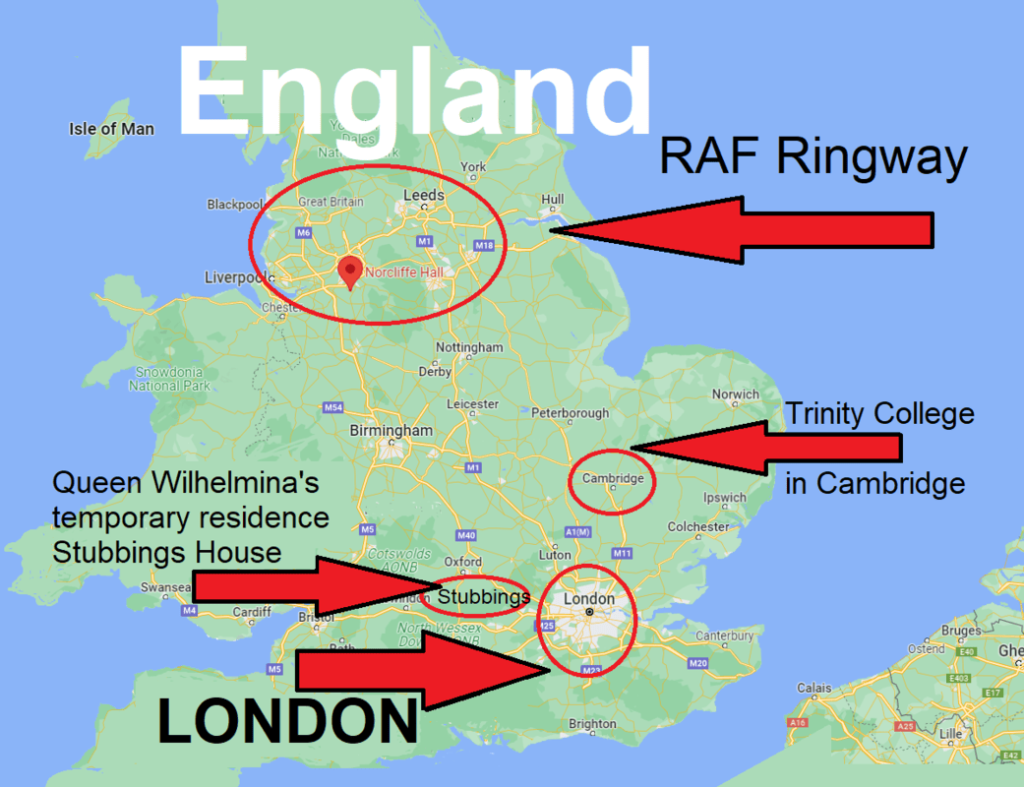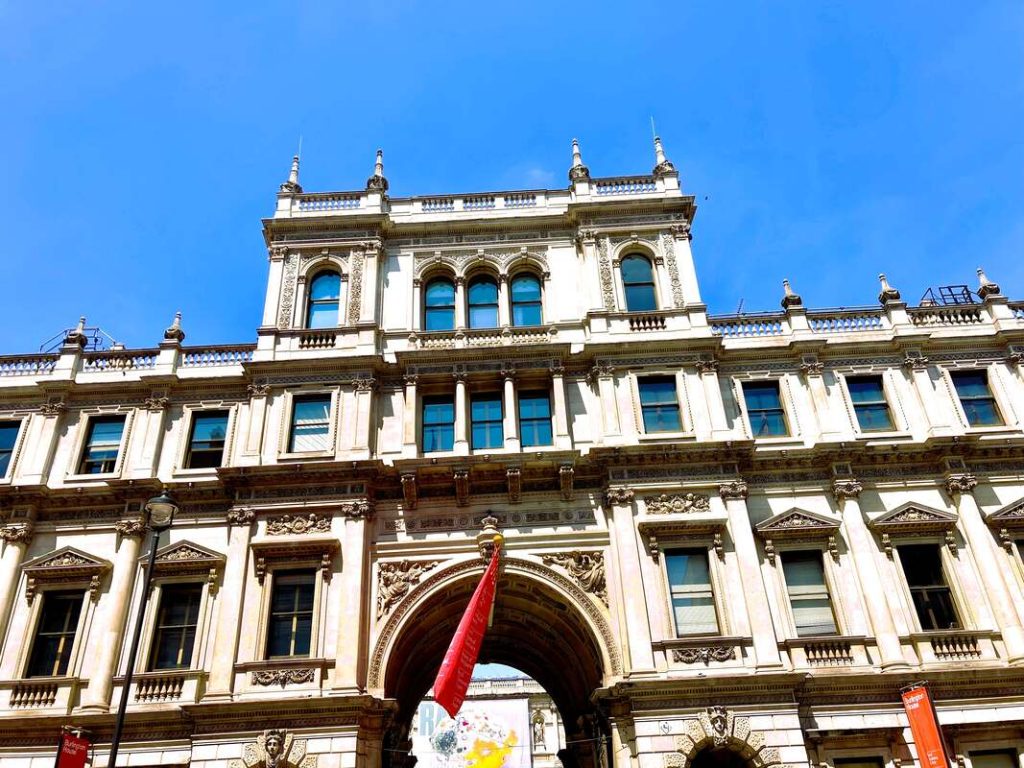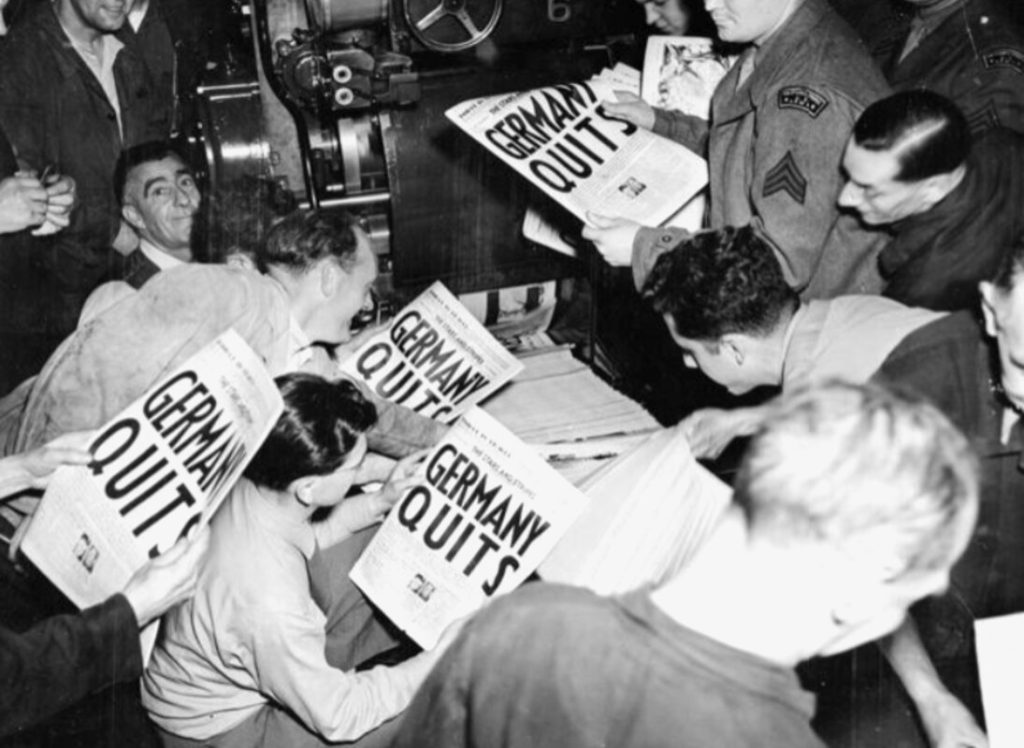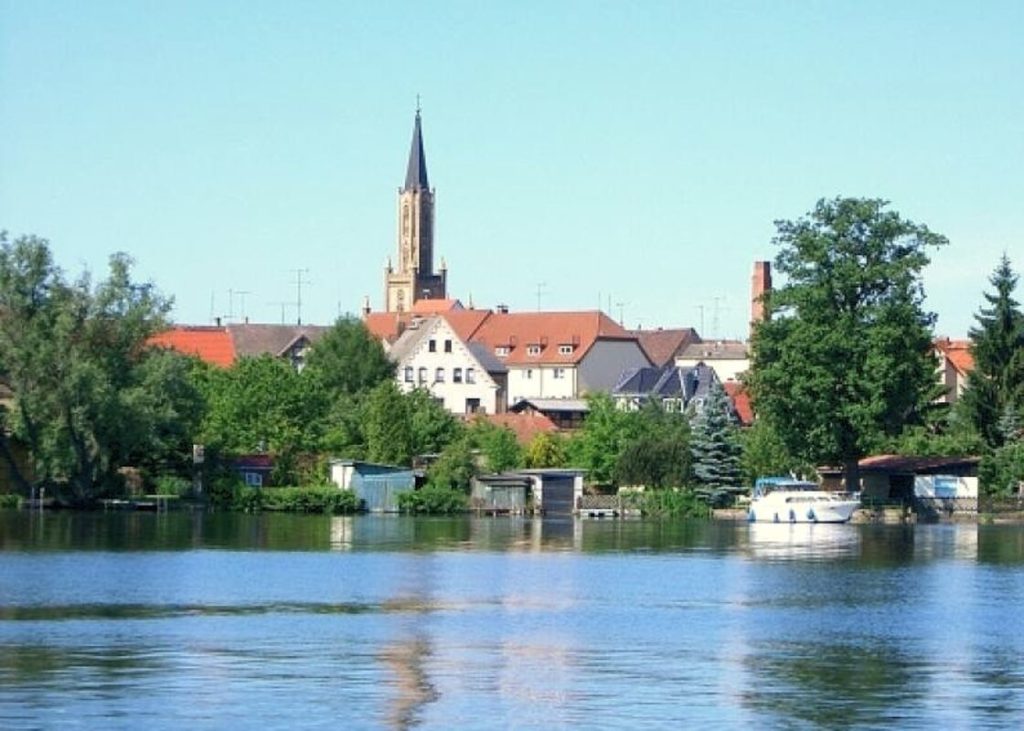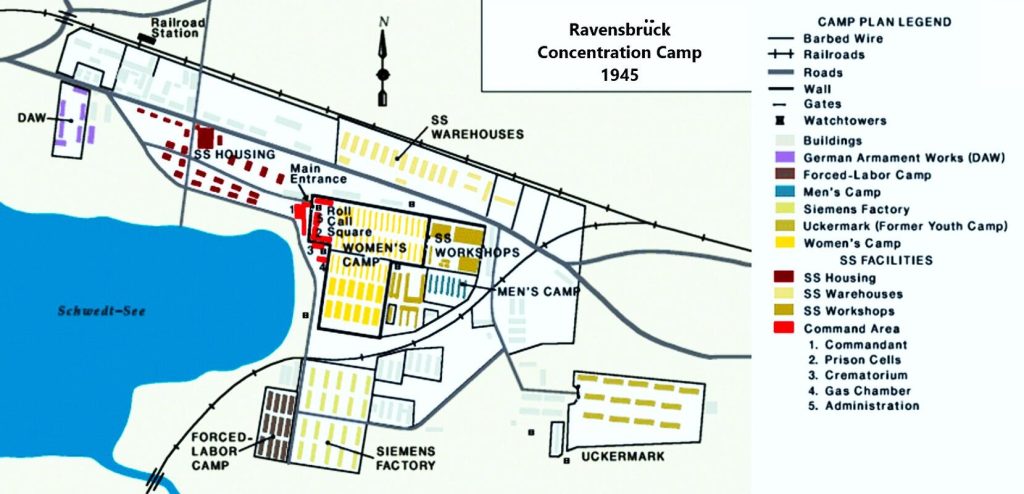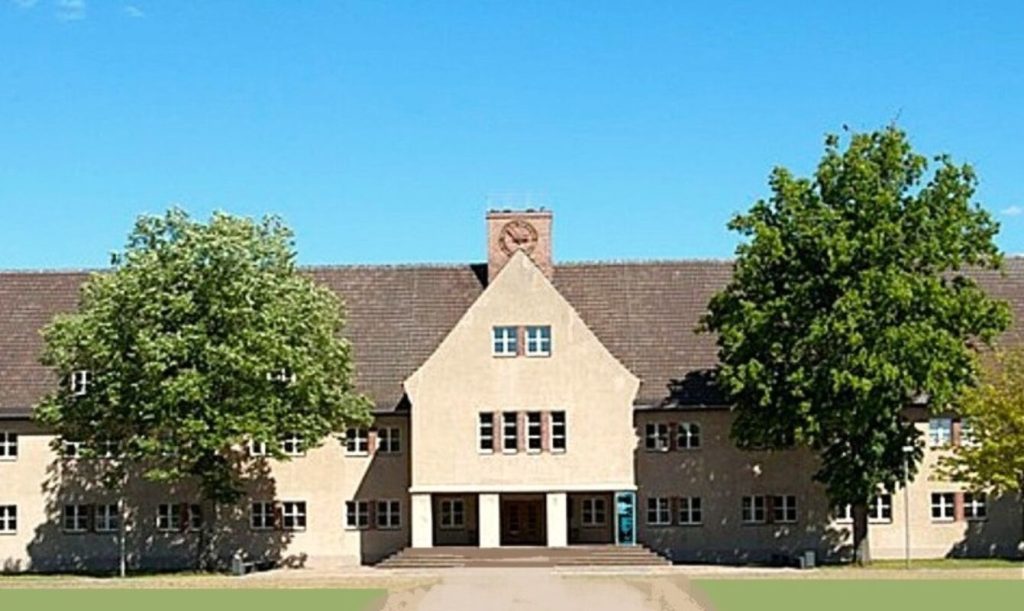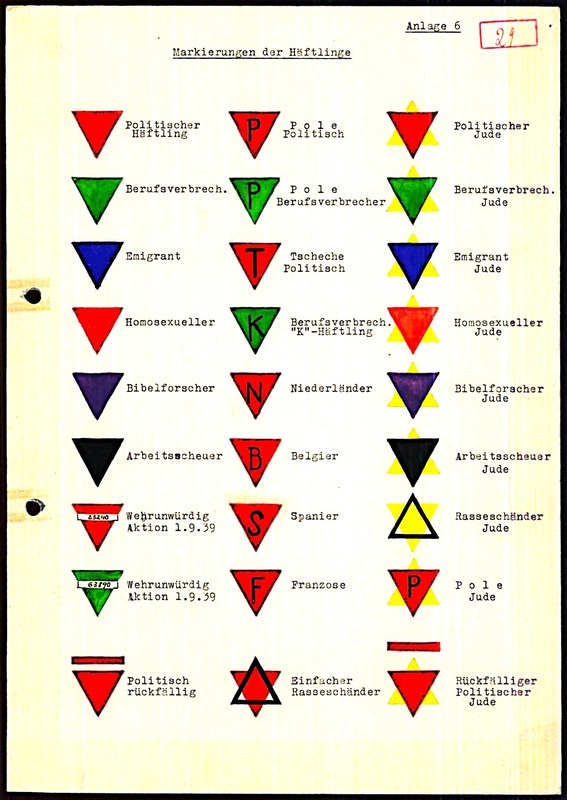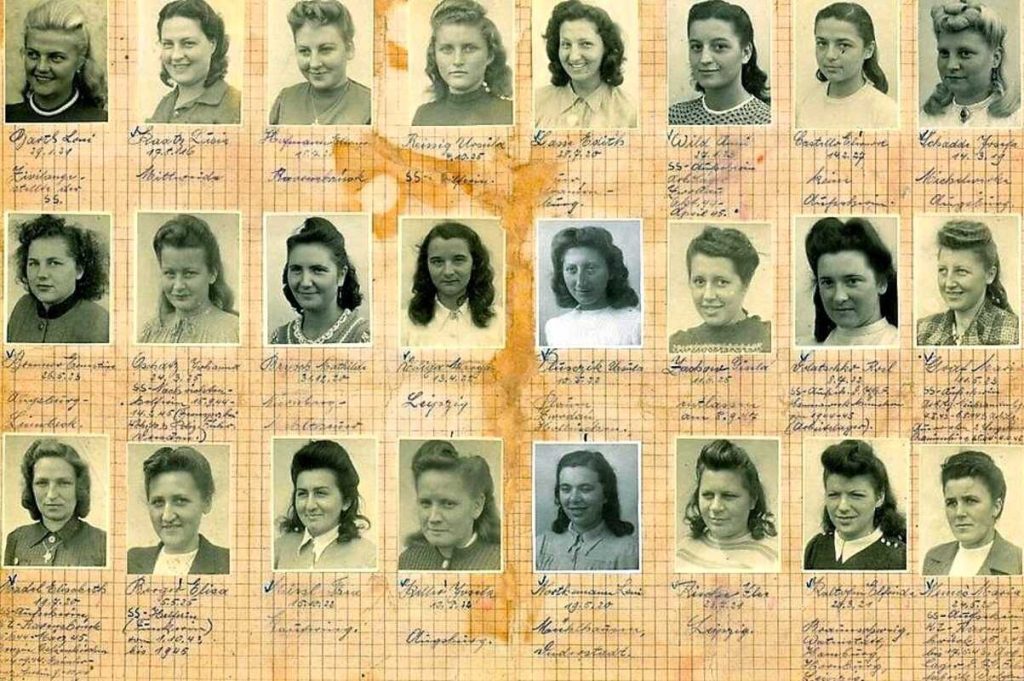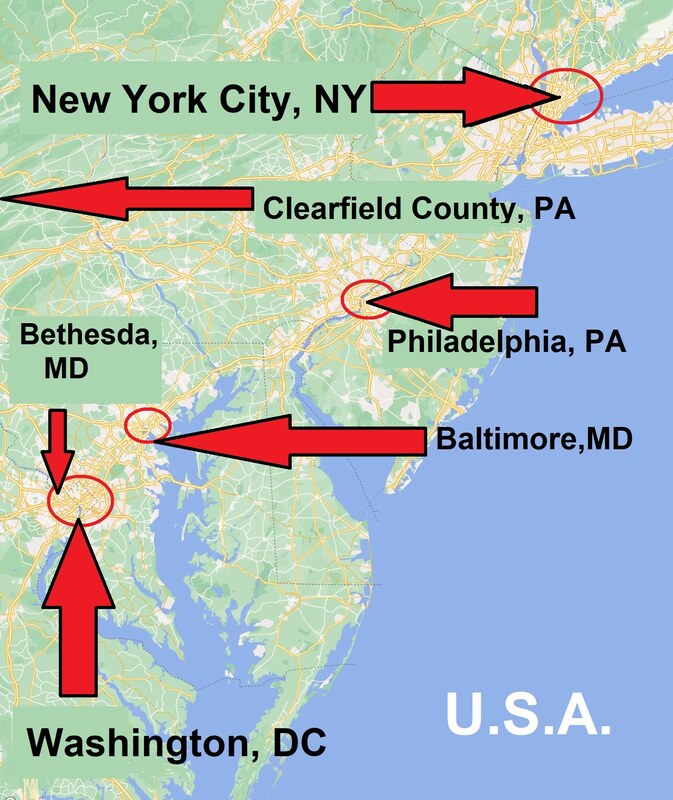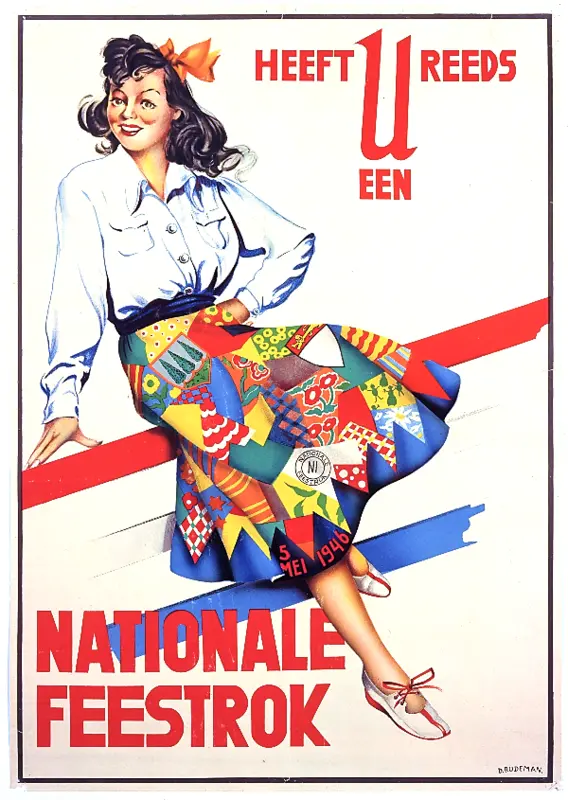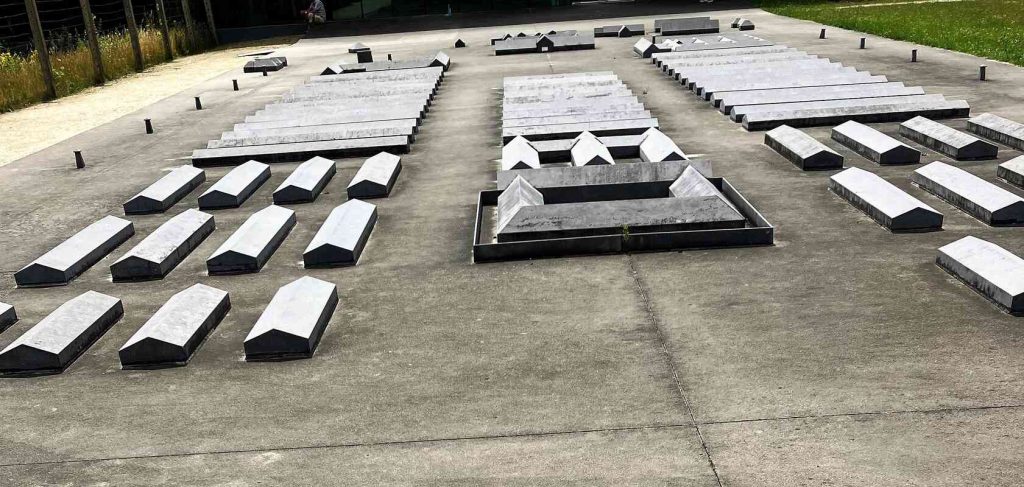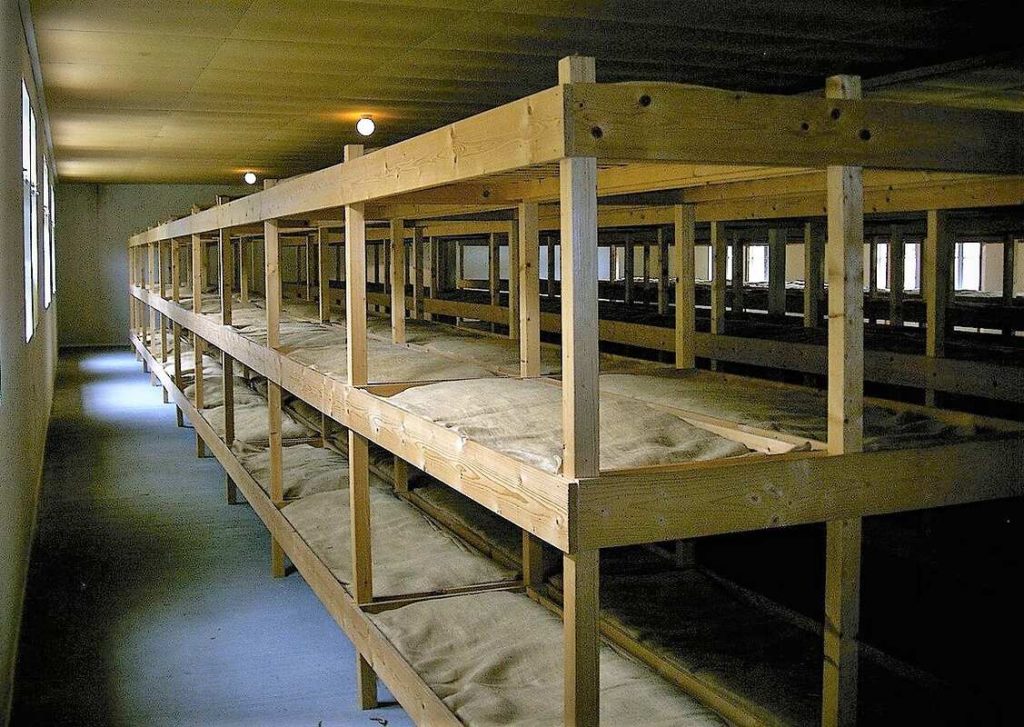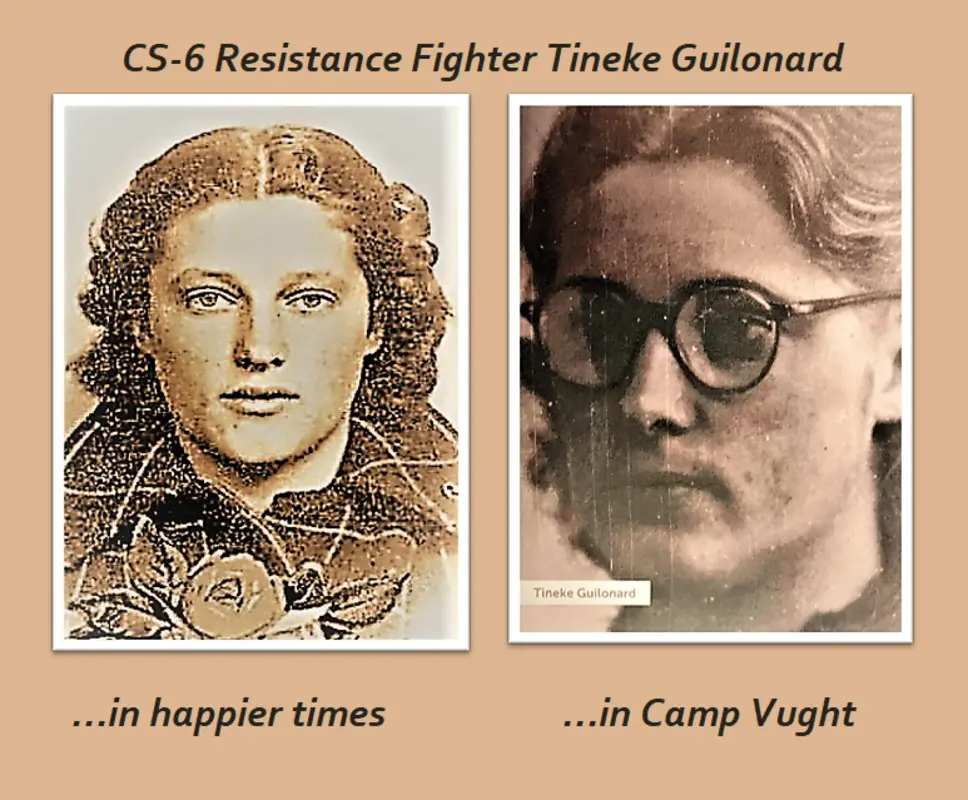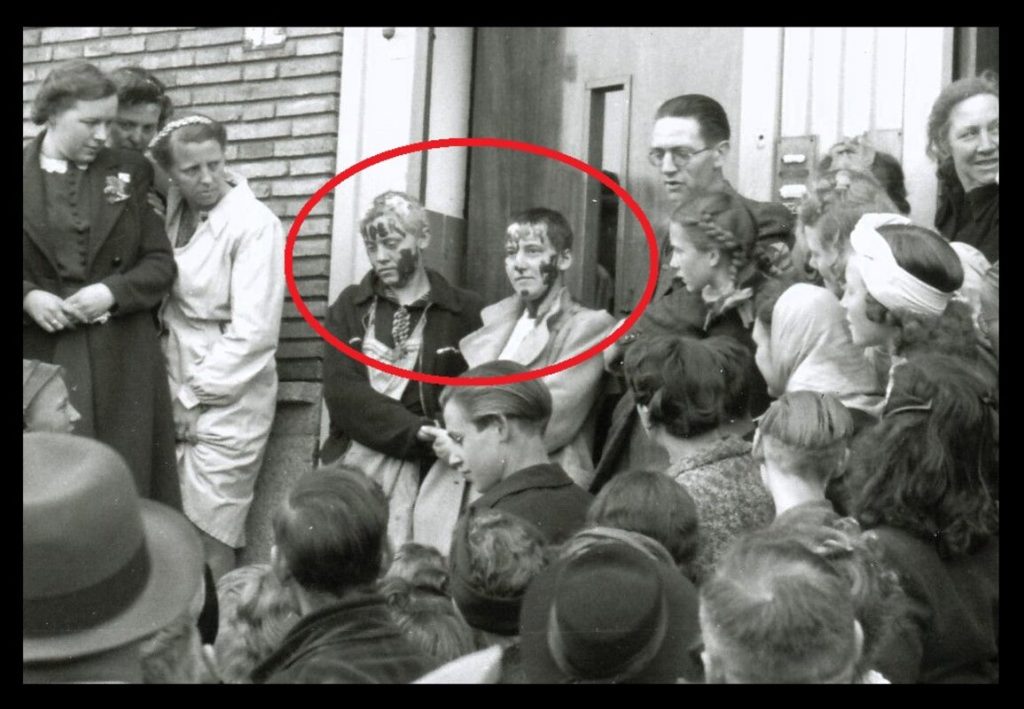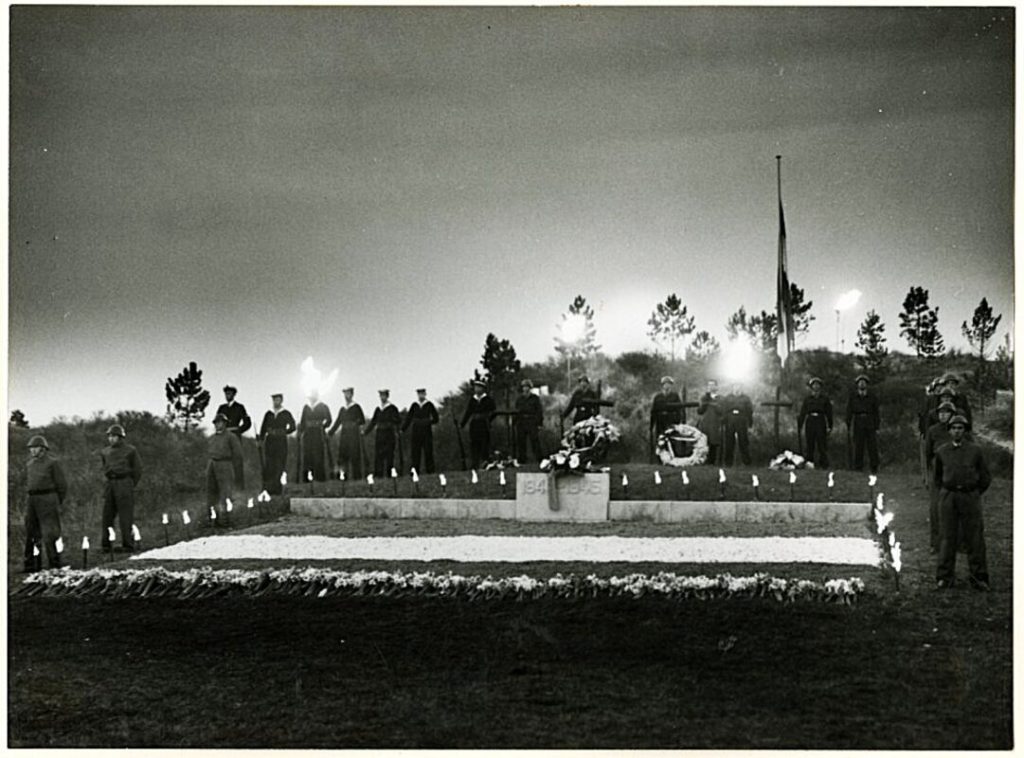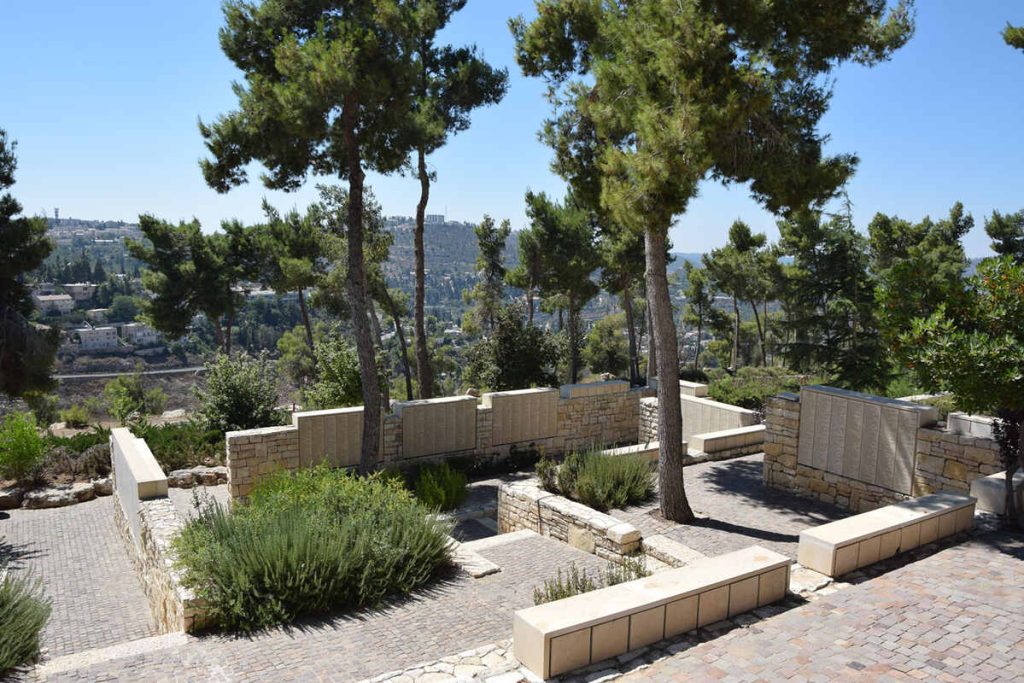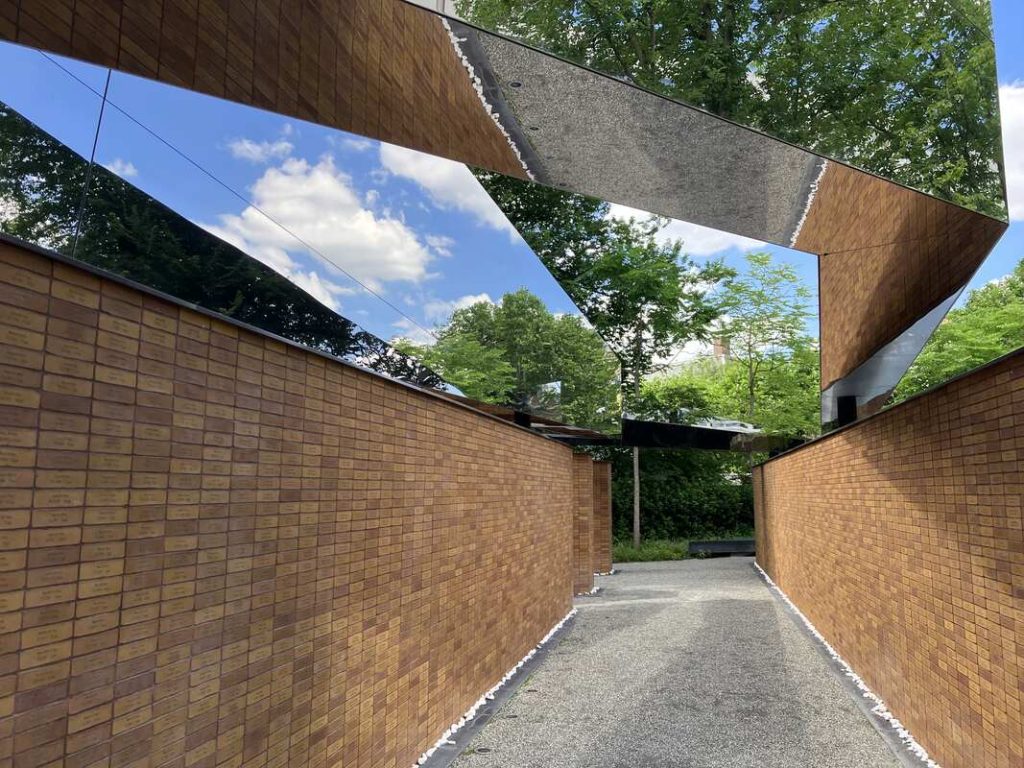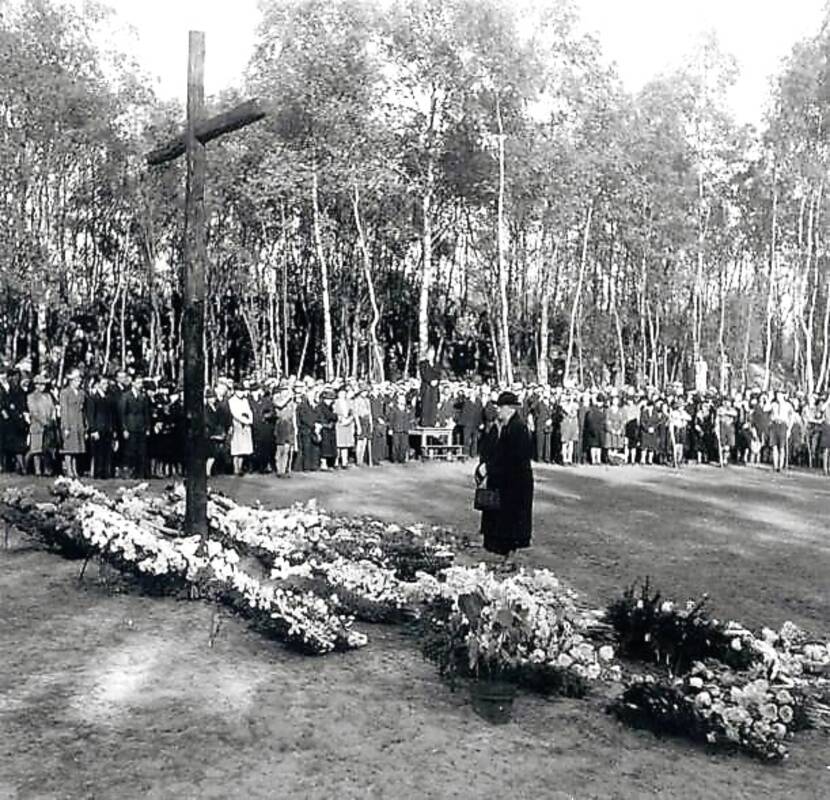RAVENSBRÜCK- For Prisoners
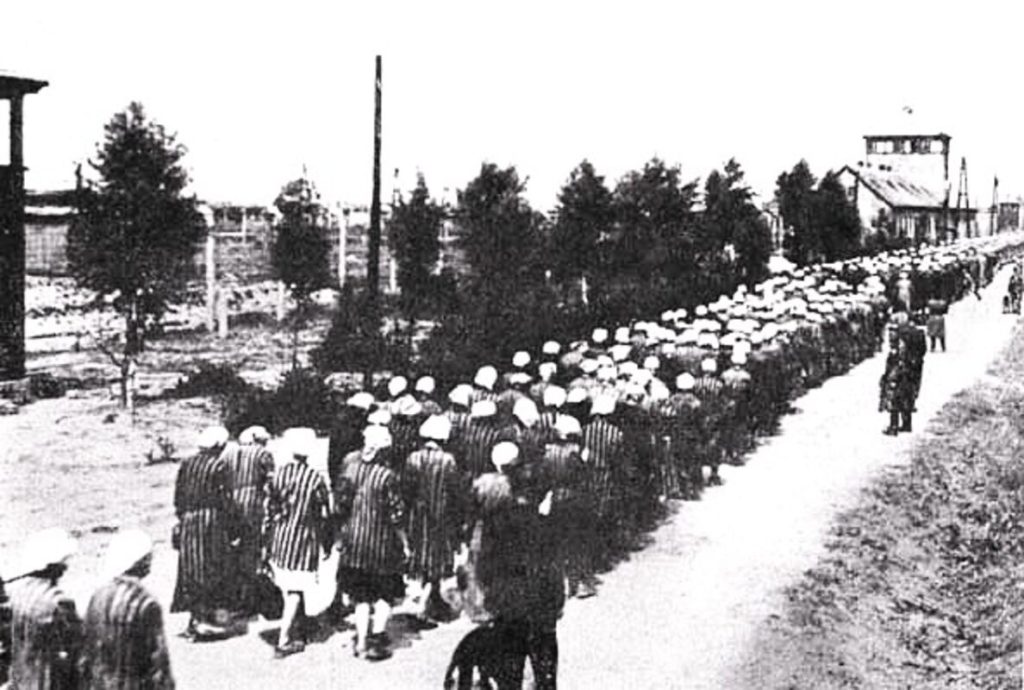
Unknown photographer
The women always had to stand and march in rows of five. Here they march from the train station to the camp.
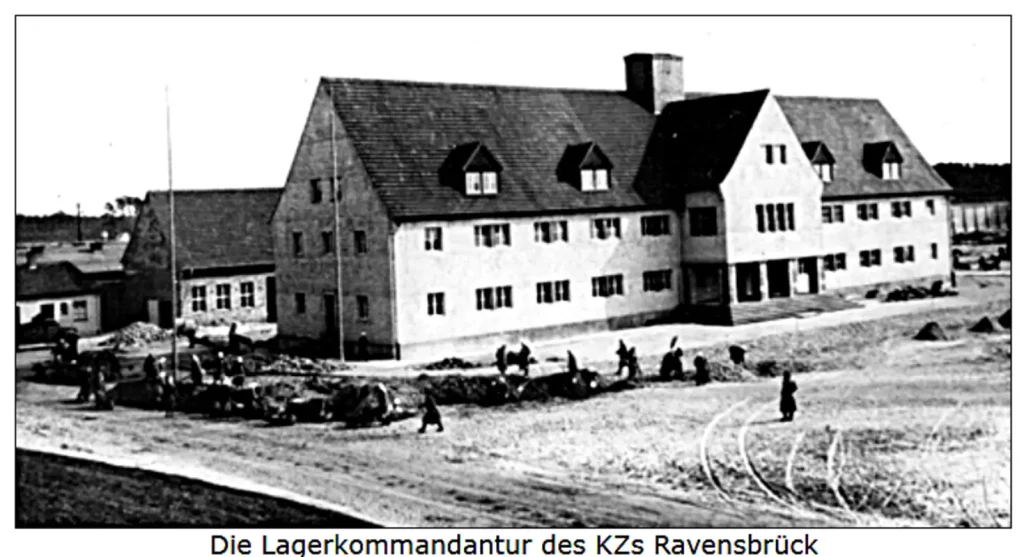
From the SS “Propaganda Album”
Just like with any newly built neighborhood, initially there were not that many trees around the buildings on the outside of the camp.

Unknown photographer
The first thing Mies Boissevain and Dedée de Jongh saw when they entered the camp was the large square called “Appelplatz ” (pronounced /U-pal Plats/) where prisoners were made to stand for hours (sometimes naked in the freezing winter) to de-louse them or do roll call.
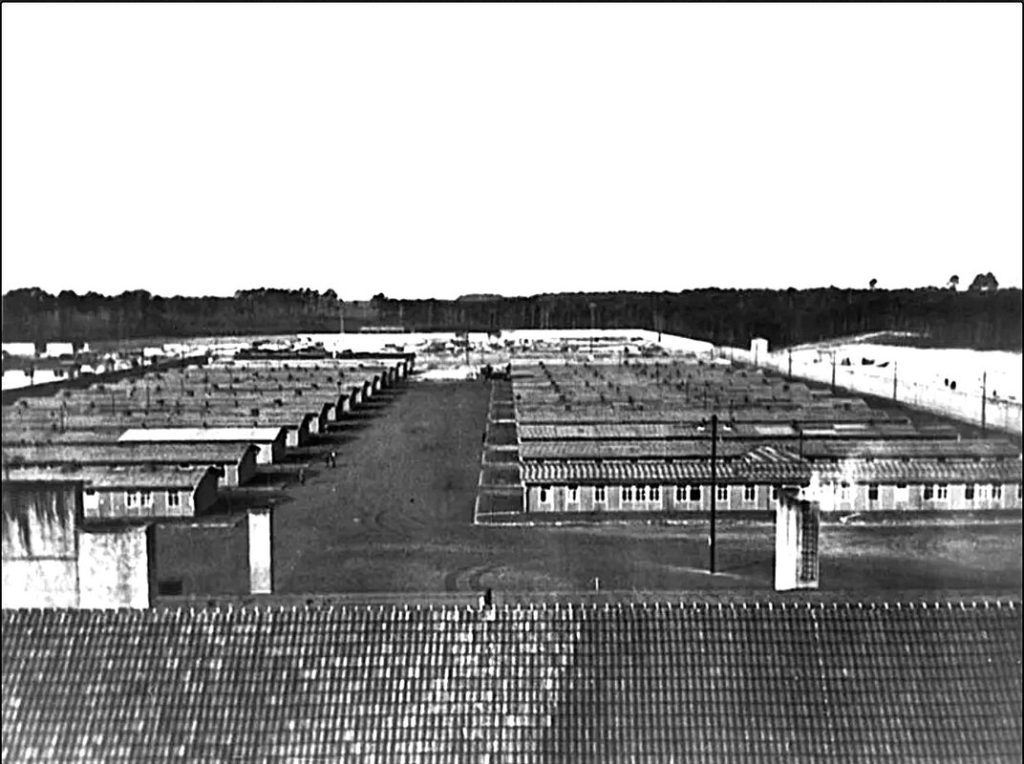
From the SS “Propaganda Album“
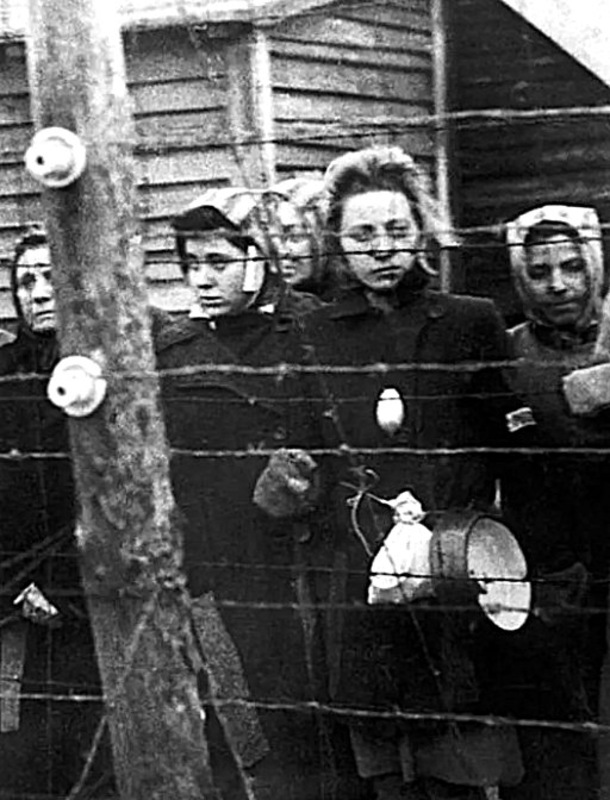
Photographer Unknown
Inside the barracks, a kind of cruel, chaotic system prevailed. While in Camp Vught, the prisoners hung their toothbrush and flatware on a nail next to their bunks, in Ravensbrück what little a person owned had to be carried with a piece of string on their person.
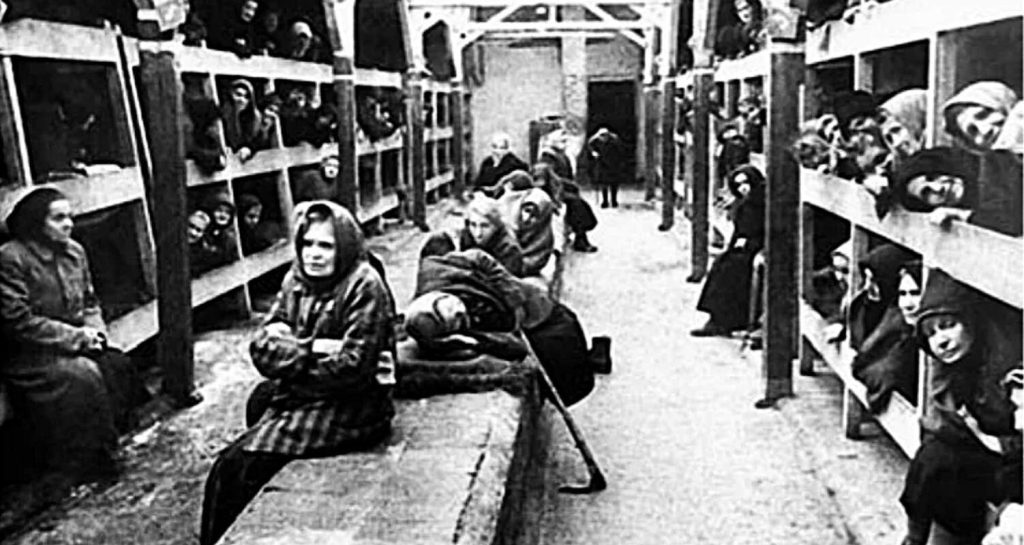
Photographer Unknown
While in Camp Vught, the Italian word “Kapo” was used to address the boss, in Ravensbrück, the word “Älteste” or “Blockova” was more common because it was usually a jaded German or Austrian criminal who had been in the camp since the beginning. The Älteste or Blockova had helpers called “Stubovas” who were often Polish. Some Stubovas were easily corrupted due to the lack of food and the cruelty of their superiors. Together the Blockovas and Stubovas maintained a reign of terror among the women who were made to clean and do chores for them with as only payment the slop that passed for coffee or food which the Stubovas handed out under the watchful eye of the Blockova.
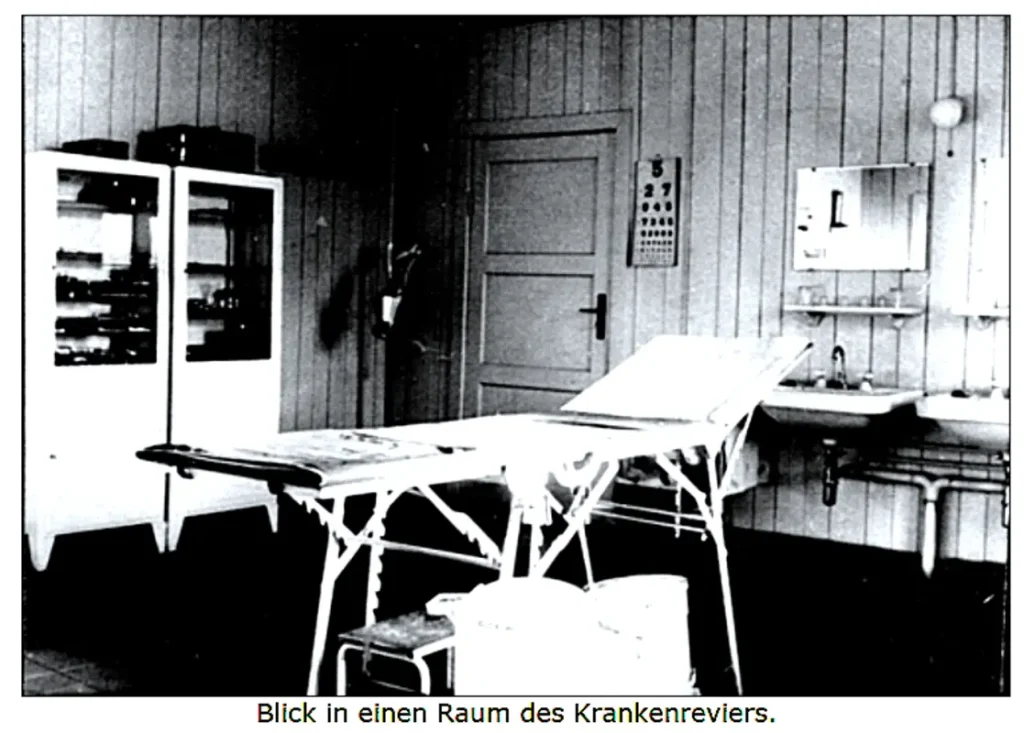
From the SS “Propaganda Album”
Without much medication left, Dedée de Jongh did the best she could to help her sick fellow-prisoners while trying to avoid the dangerous and insane “Sister Vera”(Salvequart).

Loosely translated:
After “Terrible Tuesday,” on September 6th [1944], the nervous Nazis forced us to get into cattle cars to leave Camp Vught. They crammed about 6000 people in a train that could barely hold 5000, if that. Ninety of us women were pushed into one cattle car without food, water, and just one bucket for a toilet.
While we were still hoping against hope that the British would liberate us, the train left, and we were trapped for four days… If we had not learned the hard way then that unity is the essence of life, we would not have survived this ordeal.
We had devised a way for the majority of the group to stand even closer together so that in turns a small group could rest a little and temporarily have more space. Another miracle took place (-Most “miracles” are actually quite natural, banal, small things; that is why most human beings are not aware how miraculous life really is-). There was the tiniest of trapdoors that would just allow us to empty the stinking, overflowing bucket.
Unlike in the other cattle cars where frantic people panicked, we arrived relatively clean and in good spirits. We had promised each other that we would always defer to others and take care of each other if we could.
Another miracle happened; when we finally left the cattle car with our tongues black from thirst, it rained. It was a miracle from God. In rows of five, we marched through the gate of Ravensbrück, hell on earth.
I was sick the entire ten months I was there, and when the Swedish white buses came to save us, I weighed about 70 pounds. I had survived, but only thanks to other women who fought for my survival with the courage of true heroes. I was even conjured away by them when I was about to be taken away in a gas truck.
My perspective on life changed completely.
similar galleries
discover
JOIN MY NEWSLETTER
To receive announcements about new blogs, images, essays, lectures, and novels, please sign up.




